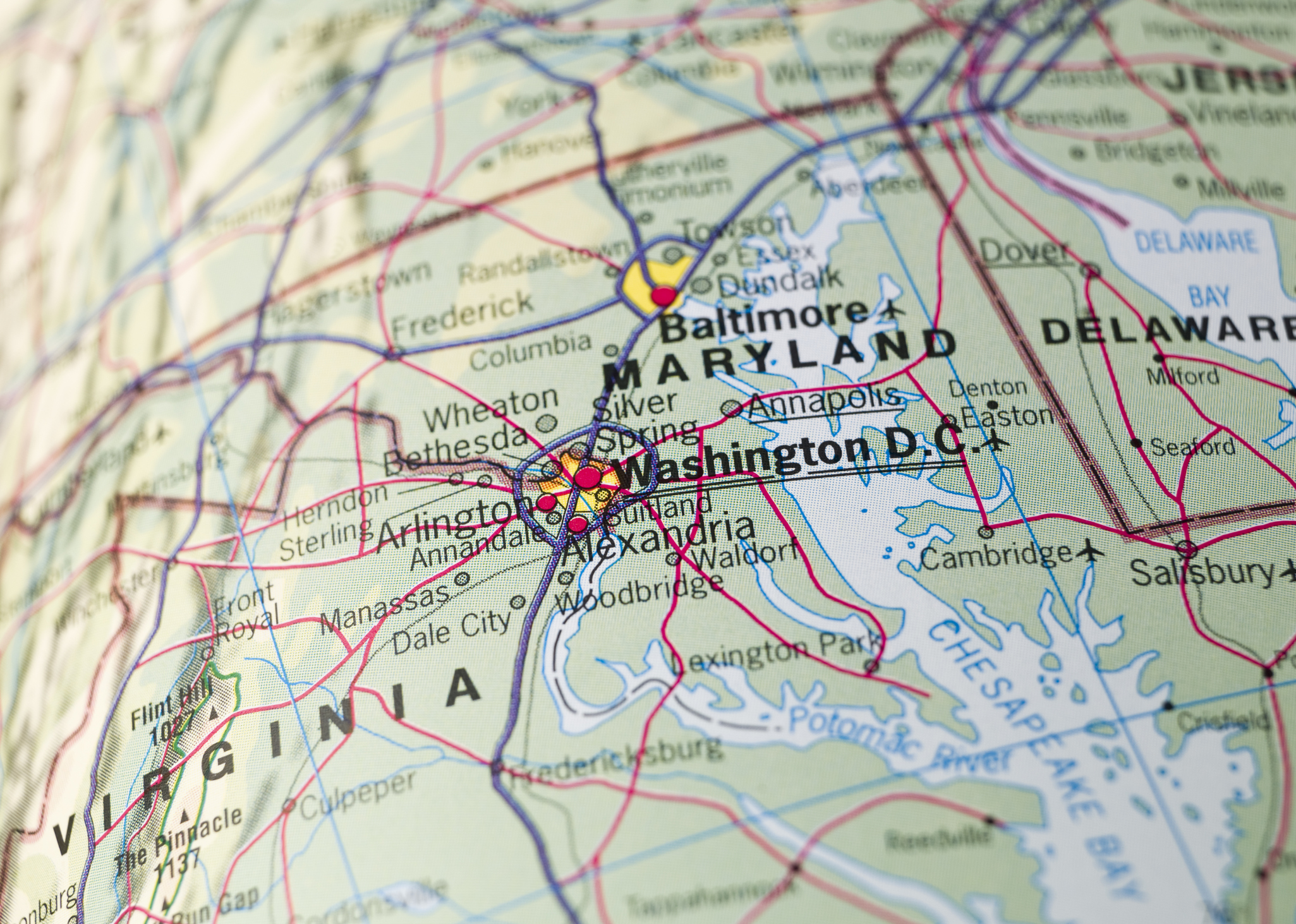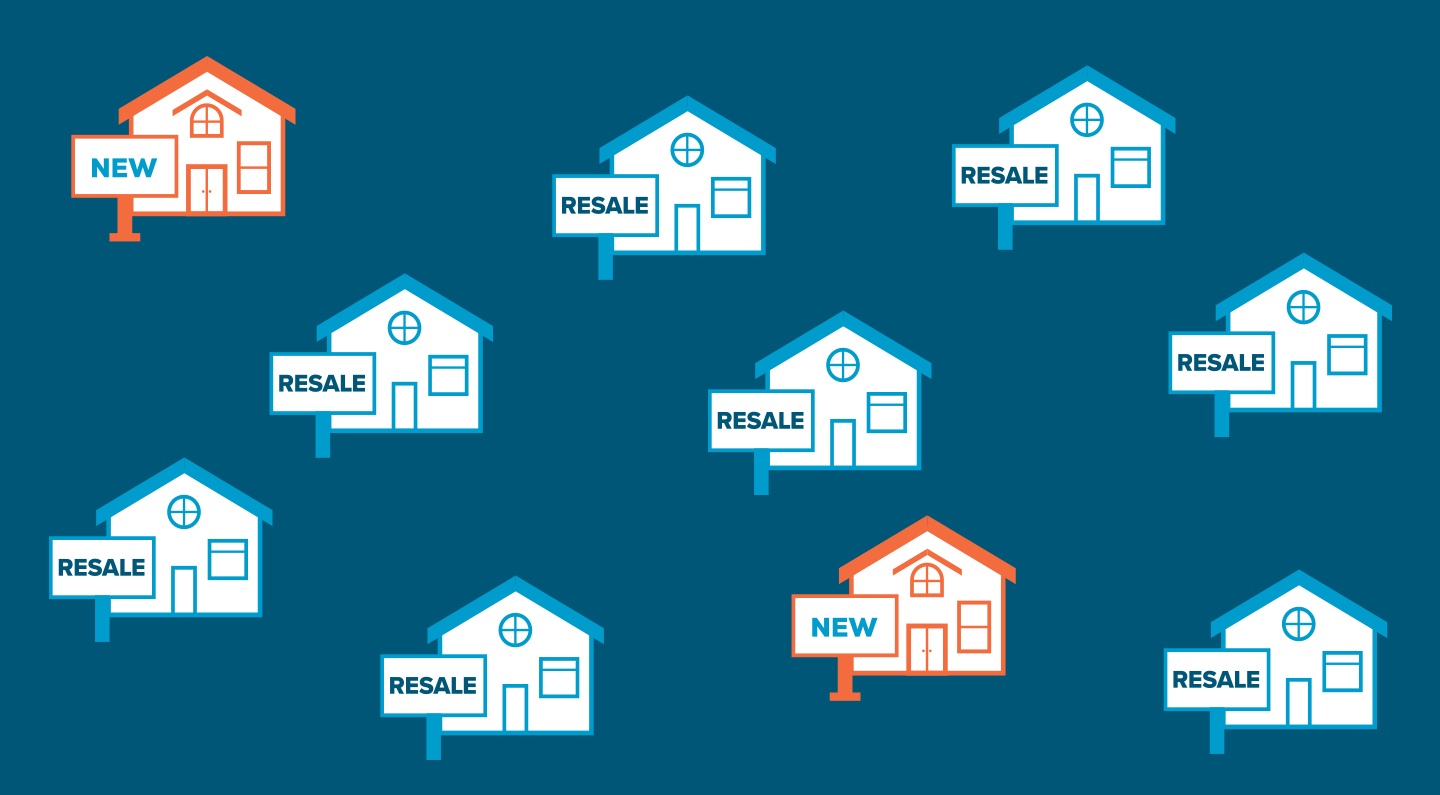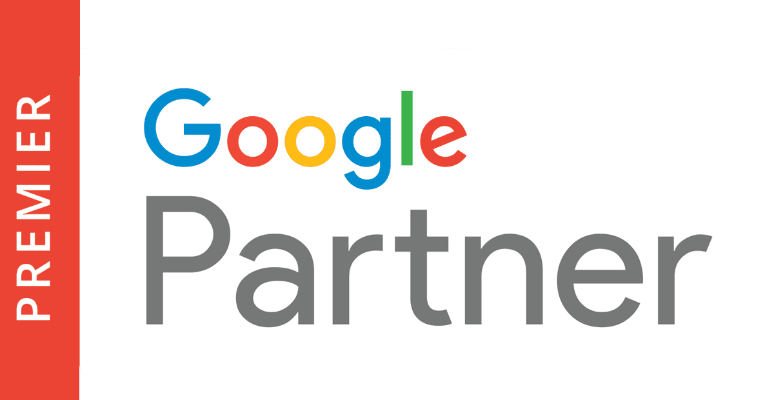Use Location to Better Target Your Customers
You’ve heard it before: the real estate business is all about location, location, location.
Buyers need to know all the positives of the locale of their potential new home: where it is and what it’s near.
But the property’s address can also be used to push your advertising right to the customers who are more apt to act.
It’s called location-based marketing (LBM). Time to learn more.
Geomarketing
Even if you haven’t heard of LBM, you most likely have at least heard of two flavors of this type of advertising: geofencing and geotargeting. Both use a customer’s location data, but in a slightly different way. Geofencing creates a virtual area on top of real-world geography. When a customer enters this zone, they see prepared advertising. Geotargeting delivers marketing to a stationary customer based on their location. To put in into simplistic terms, you come to geofencing, while geotargeting comes to you.
The question most people ask now is: how do they know my location? From all the ways you are connected, of course. Your IP address, cellular signal, GPS, and every other device and function that let you know where things are let those things know where you are. Some of these broadcast outwards, while others act as receivers ready to catch incoming signals. It might sound scary, but it really isn’t. Plus, the majority of the world will gladly trade data for convenience. Research has shown that, globally, 80% actively want location-based marketing delivered to them because this “convenience” is really nothing more than location personalization.
Location Personalization
Personalization in marketing can be as simple as an email mentioning you by name in the subject line or as complex as recommendations for products based on purchase history, store visits, local weather, and travel history. And it is important because 72% (signup required) of consumers ONLY engage with personalized marketing.
Location personalization takes advantage, as mentioned earlier, of all the ways devices and services use your location to deliver geographically specific marketing. LBM ensures the marketing a potential customer sees is as relevant to the customer as possible. A customer might, for example, approach a store and be treated to advertising with a discount code as an incentive to stop in. Conversely, a customer that frequents a national chain won’t see advertising for specific stores on the other side of the country.
And location-based marketing is growing in use. According to data from the Location Based Marketing Company’s Global Location Trends Report 2020 (email required), there’s been a global increase of 18% (2018-2020) in the use of location-based data and services. Now, 95% of world-wide companies are using some form of location-based service. This report also shows that over 20% of North American companies are using location data to assist with customer service—which, if you think about it, is one of the most organic, human, and personal forms of marketing.
Location-Based Marketing Advantages
LBM affords both consumers and businesses advantages. For consumers, they get the convenience of location personalization. They will only see marketing applicable to their area, they will feel more engaged with a company that offers location-based incentives, and they will receive more-personalized assistance when contacting customer service.
By using LBM to better connect to consumers, businesses can also reap a host of benefits. In their 2019 Location-Based Market Report, Factual found that LBM can increase the growth of your customer base by 86%. And not only are you growing your base, you’re also keeping them more engaged (84%), which, of course, leads to an increase in sales (89%). Wow.
Salesforce points out one more benefit (of geofencing in particular, but we’re rolling that up into the bigger discussion of LBM in general since it still fits). When customers come to your business, rarely do you have the time or resources to discover how they all found your business. But with LBM and the use of unique promotions, you now have very visible and actionable metrics about how your sales are finding you. And metrics are a marketer’s best friend.
How Location-Based Marketing Helps Real Estate
There’s a reason builders post signs all over communities advertising their for-sale homes, and it might be different than you think. The signs are not really for people coming from out of town trying to find a listing they saw online. It’s actually for you and all your neighbors who live near the new homes for sale.
As illustrated in their 2020 Home Buyers and Sellers Generational Trends Report, the National Association of Realtors found that, on average, home buyers purchased their new home within 15 miles of their previous residence. Locals buying local. Those signs, then, inform, remind, and sink into the brains of the current inhabitants of the community, alerting them to the new-and-therefore-better homes just down the road. Mobile searches for things on sale “near me” have been exponentially increasing (250% YOY, for example, from 4/16-3/17 to 4/18-3/19), providing even more evidence that the old “location, location, location” adage is true.
In Wave 2 of the fascinating AMERICA AT HOME study, they reported that 50% of renters are now more likely to want to own their own home: an increase of 4% from April 2020 to October 2020. With this data, we now know to focus our LBM on a radius around a property for sale (in the 15-miles “near me” zone), and also concentrate on those places where nearby buyers will be more prevalent (i.e., rental properties in close proximity).
And this is the real key why LBM is so valuable for real estate marketing. With just a few concentrated marketing campaigns targeting specific locations around and near our properties for sale, we place more of our advertising in front of the eyes of those who are most likely to respond. Which is, if you think about it, the whole reason we do what we do!









